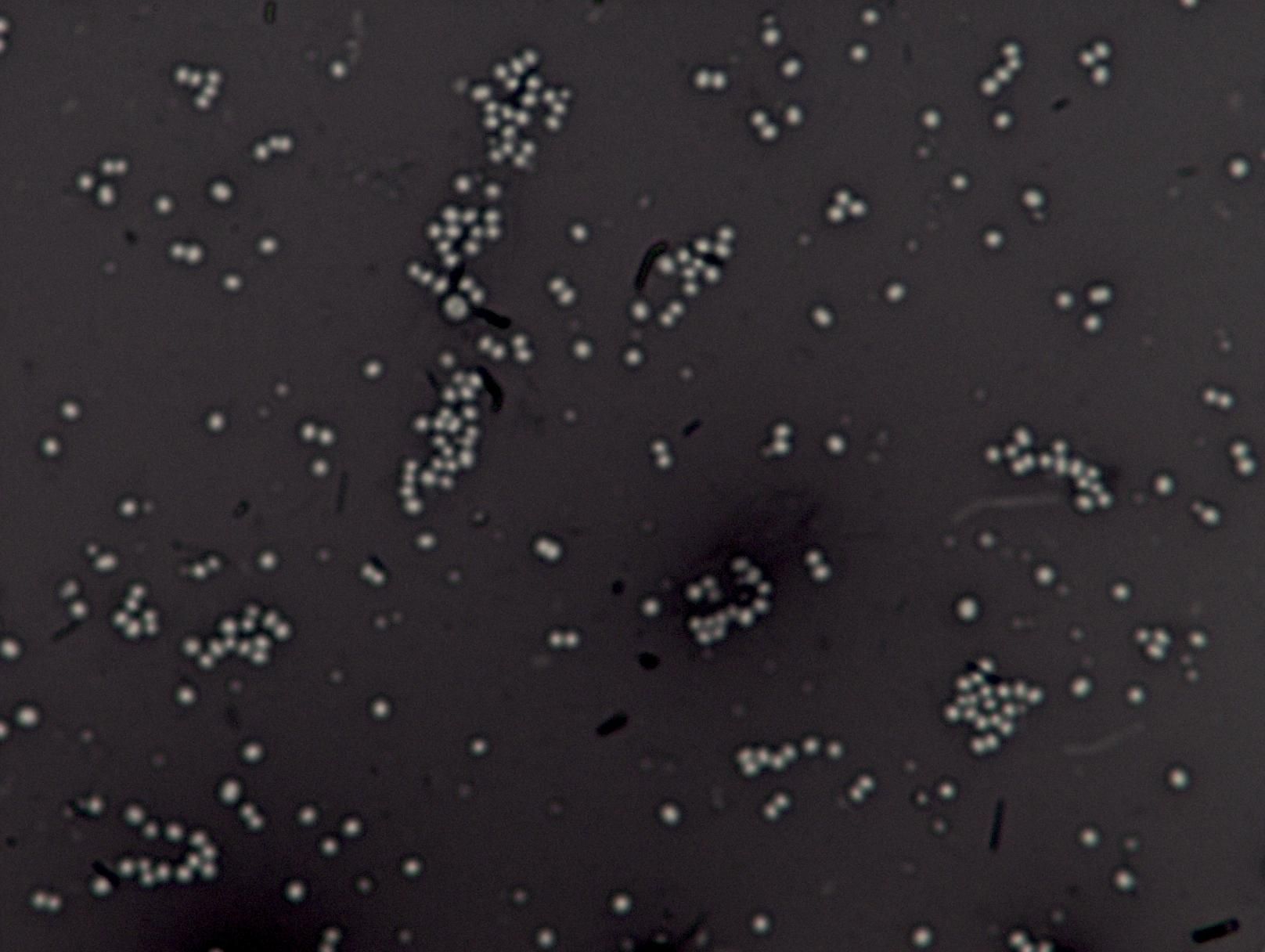Content :
Ⅰ. Overview
India ink stain was previously known as the “Nigrosin stain”. India ink staining are negative staining techniques used to determine an organism’s cellular morphology.
Negative staining stains all of the preparation EXCEPT the items you want to observe.The main purpose of negative staining is to study the morphological shape, size and arrangement of bacterial cells that are difficult to stain or too delicate to heat.
Negative staining is the only staining technique in which bacterial cells are not stained but are made visible against a dark background as colorless bodies.
Ⅱ. Principle of negative staining
☰ The requires an acid dye such as India ink or Nigrosine
Negative staining is an acid stain. This means that the dye easily gives up a hydrogen ion (proton) and the chromophore of the dye becomes negatively charged. Since the surface of most bacterial cells is negatively charged, the cell surface repels the dye. The bacteria will appear as bright dots on a dark background.
Encapsulated round yeasts
Ⅲ. Negative staining procedure
- Place a drop (25µl) of a 7% Nigrosine solution or India ink near one end of a well cleaned slide (depending on the specimen, sometimes India ink needs to be diluted with distilled water)
- Remove a small amount of culture using an inoculation loop and disperse it into the drop of dye without spreading the drop.
- Take another microscopic glass slide, place it near the sample-dye mixture at an angle of about 30 ° - 45 °
- Move the slide towards the drop of the sample-dye mixture until contact is made with the drop at the specific angle. Then move the slide gently and quickly forward on the sample slide, drawing the dye mixture behind it in a thin film.
- Allow the smear to air dry, then observe microscopically on high power (45X) and oil immersion (100X) objectives.
❶
❷
❸
❹
❺
Ⅳ. Negative staining interpretation
Positive result : Organisms possessing a capsule appear highly refractile, surrounded by a clear zone or halo against a dark background.
Negative result : No clear zone around the organism is observed.
Negative bacillus staining (A: vegetative form B: Endospore)

Staphylococcus negative staining
C.neoformans negative staining